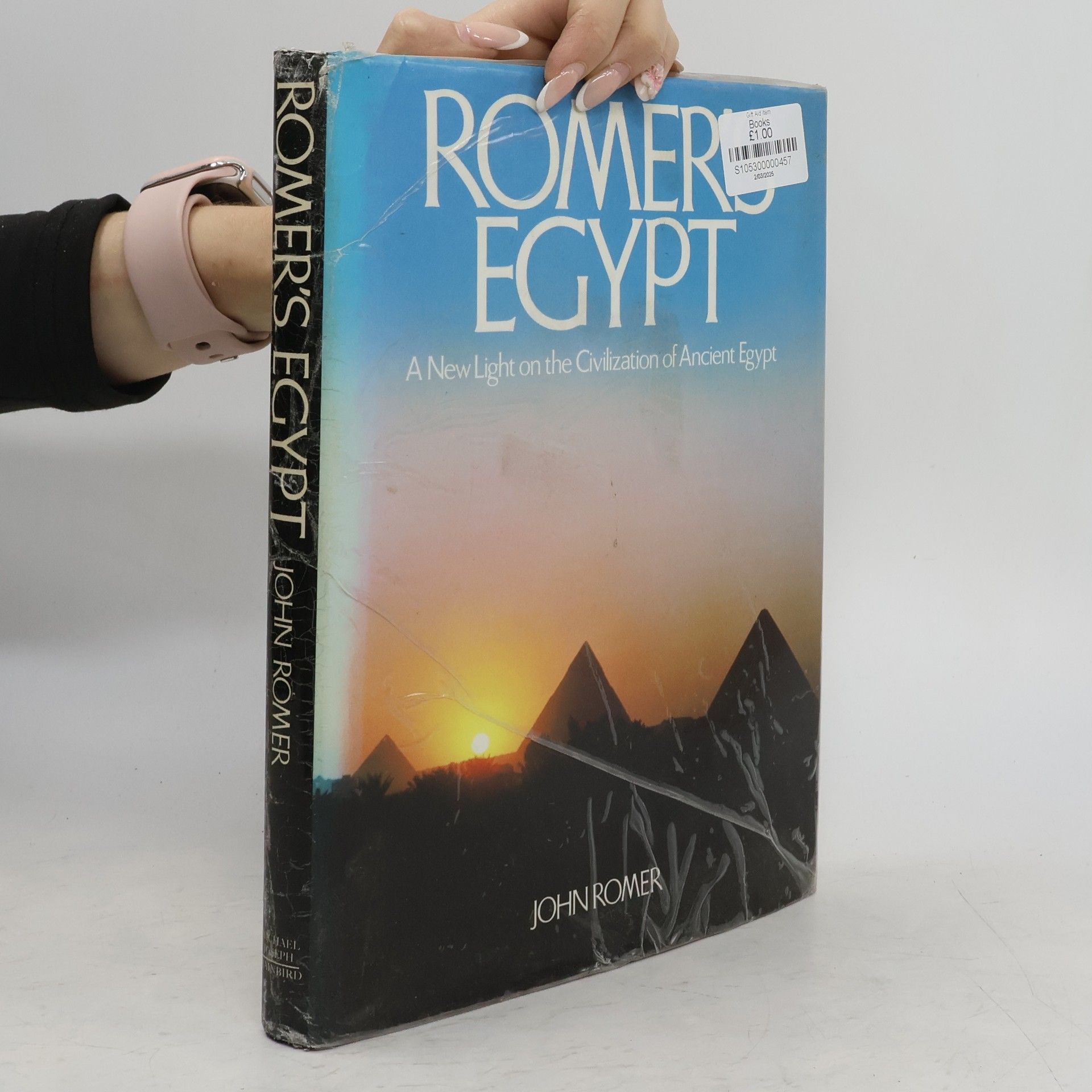Account of one of the world's richest archaeological sites.
John Romer Boeken
Deze auteur wijdt zich aan het verkennen en behouden van oude sites, met als doel het verleden betekenisvol te maken voor hedendaagse generaties. Zijn werk duikt in kunst en geschiedenis, met een specifieke focus op epigrafische kunst en het behoud van archeologische vondsten. Via zijn boeken en documentaires deelt hij zijn diepgaande kennis en passie voor het ontrafelen van de mysteries van de oude wereld. Zijn toewijding aan het behoud van cultureel erfgoed blijkt uit zijn pleidooi voor de conservatie van de Vallei der Koningen.
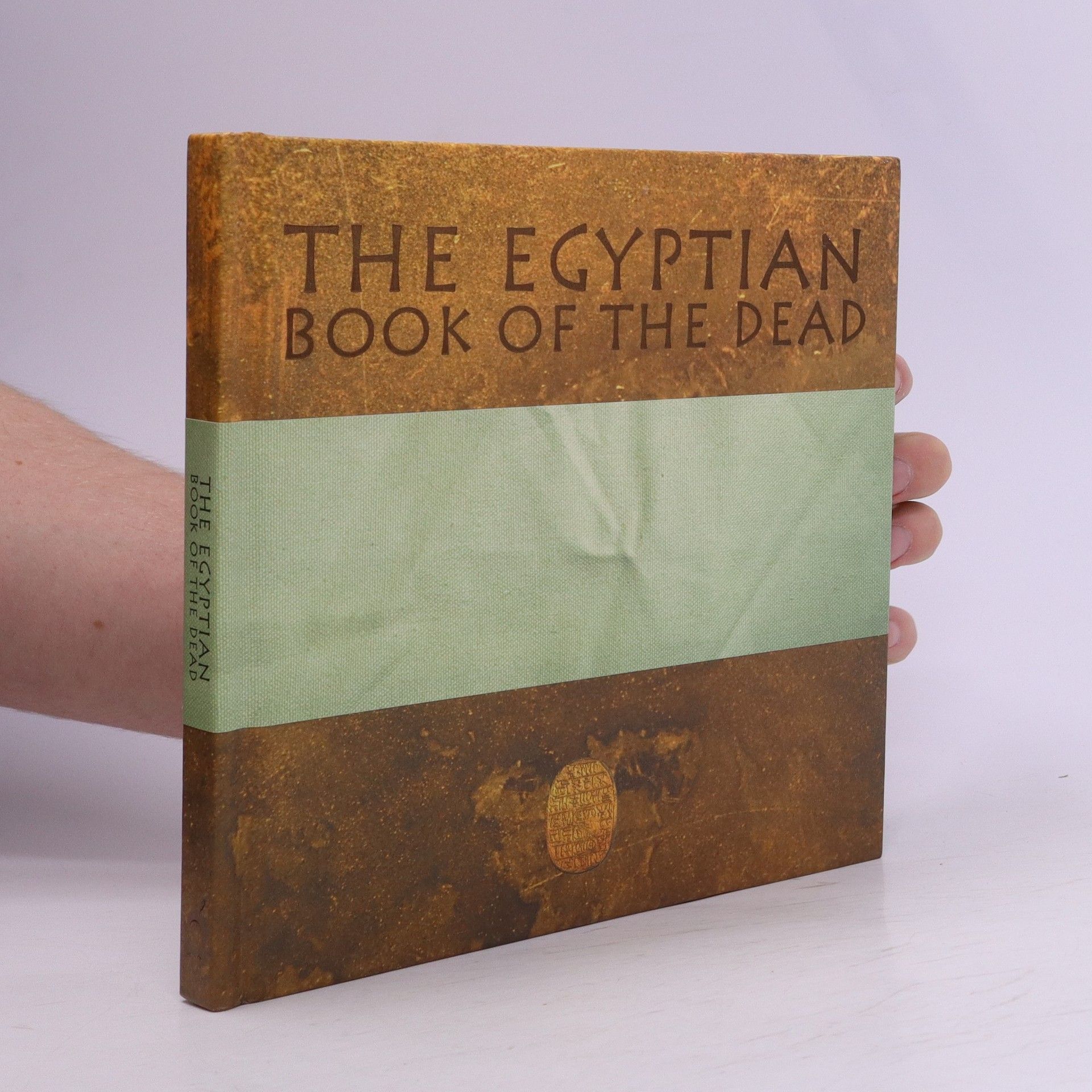
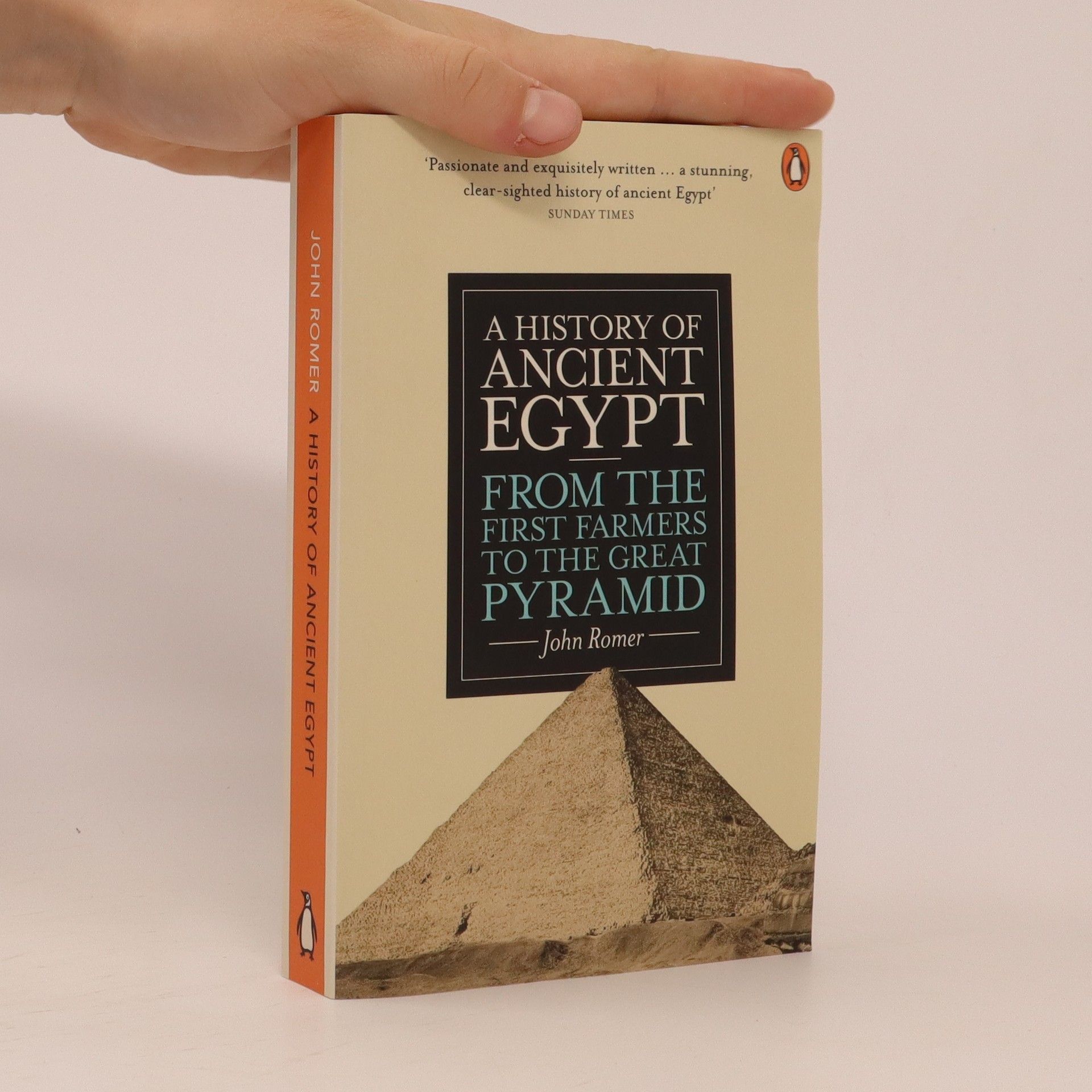
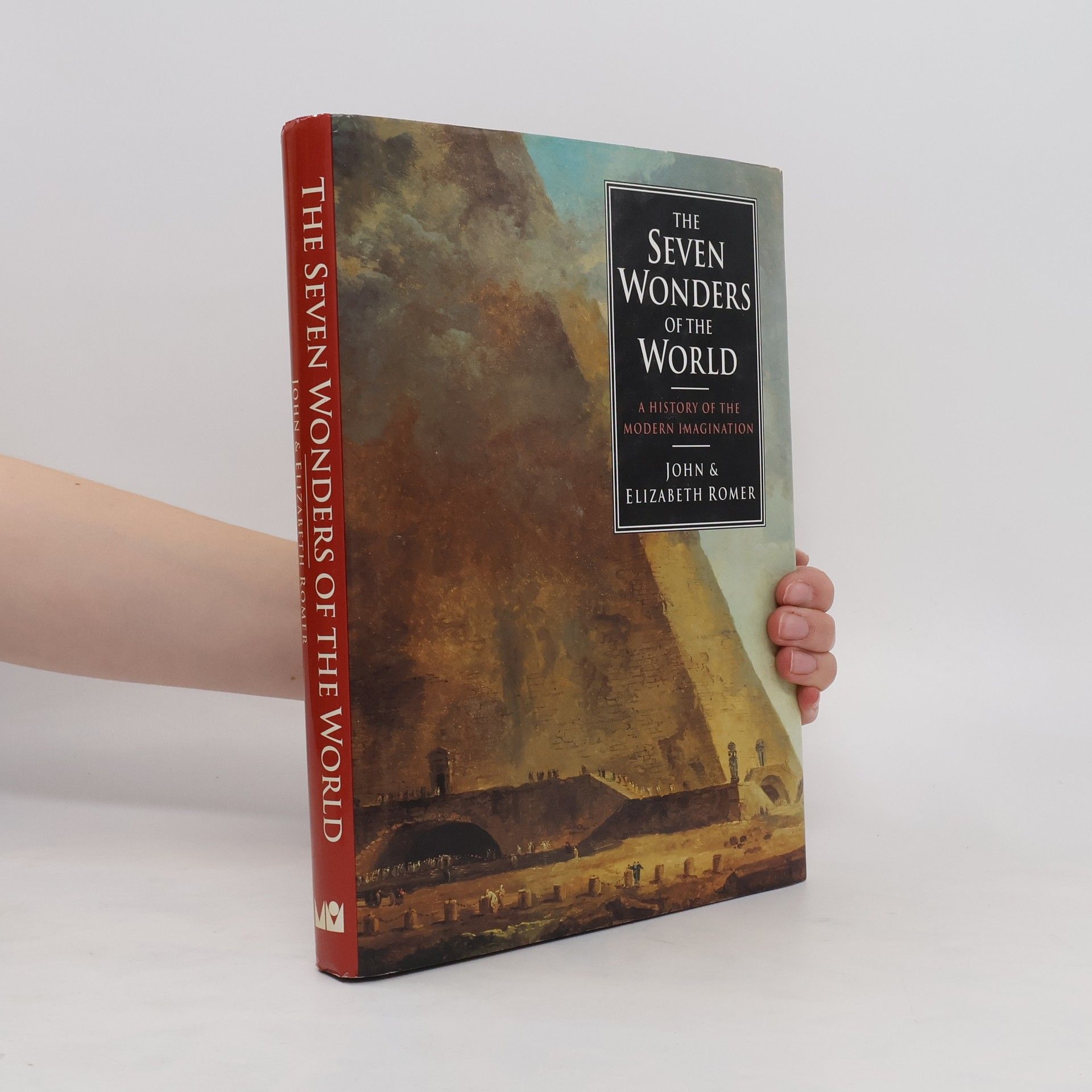
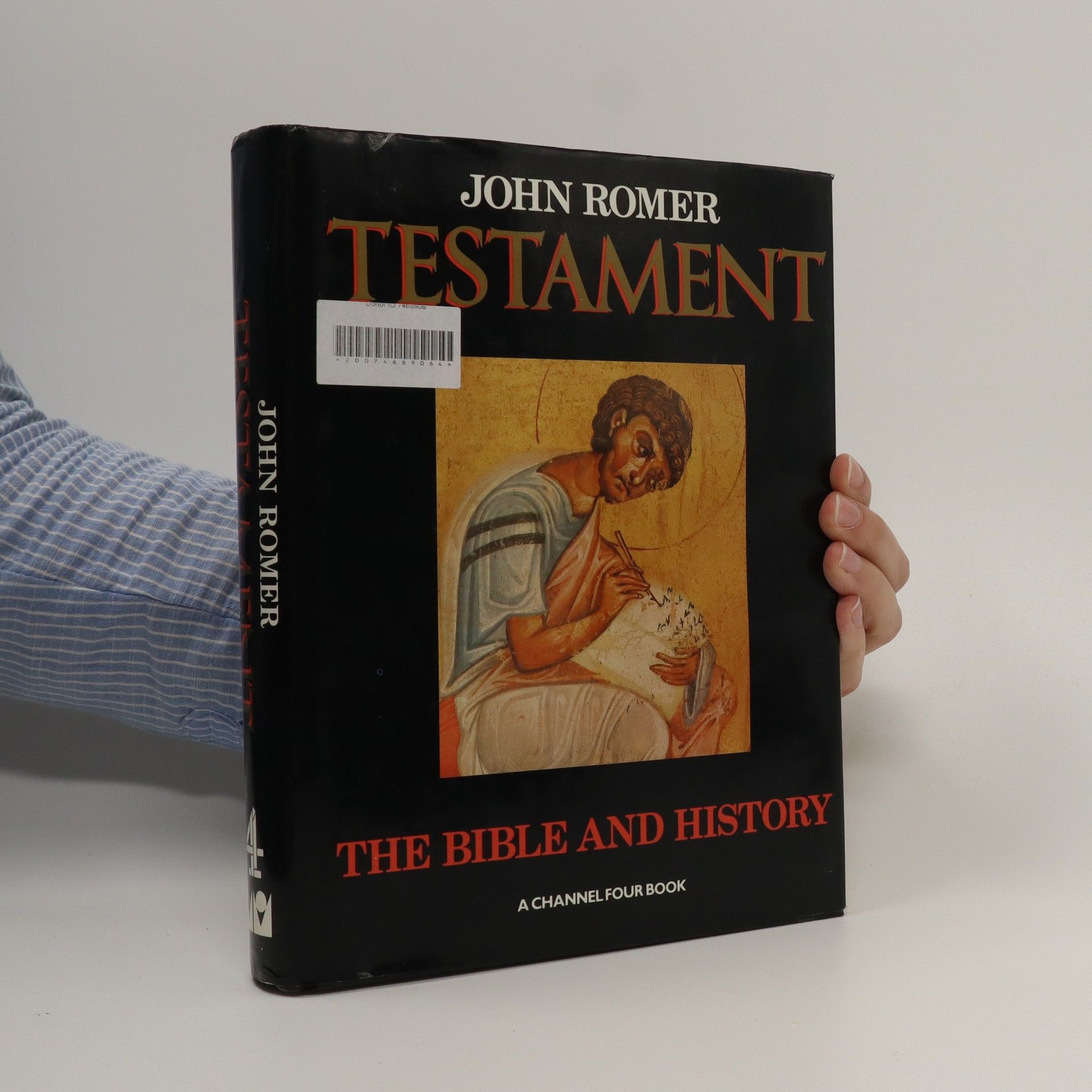

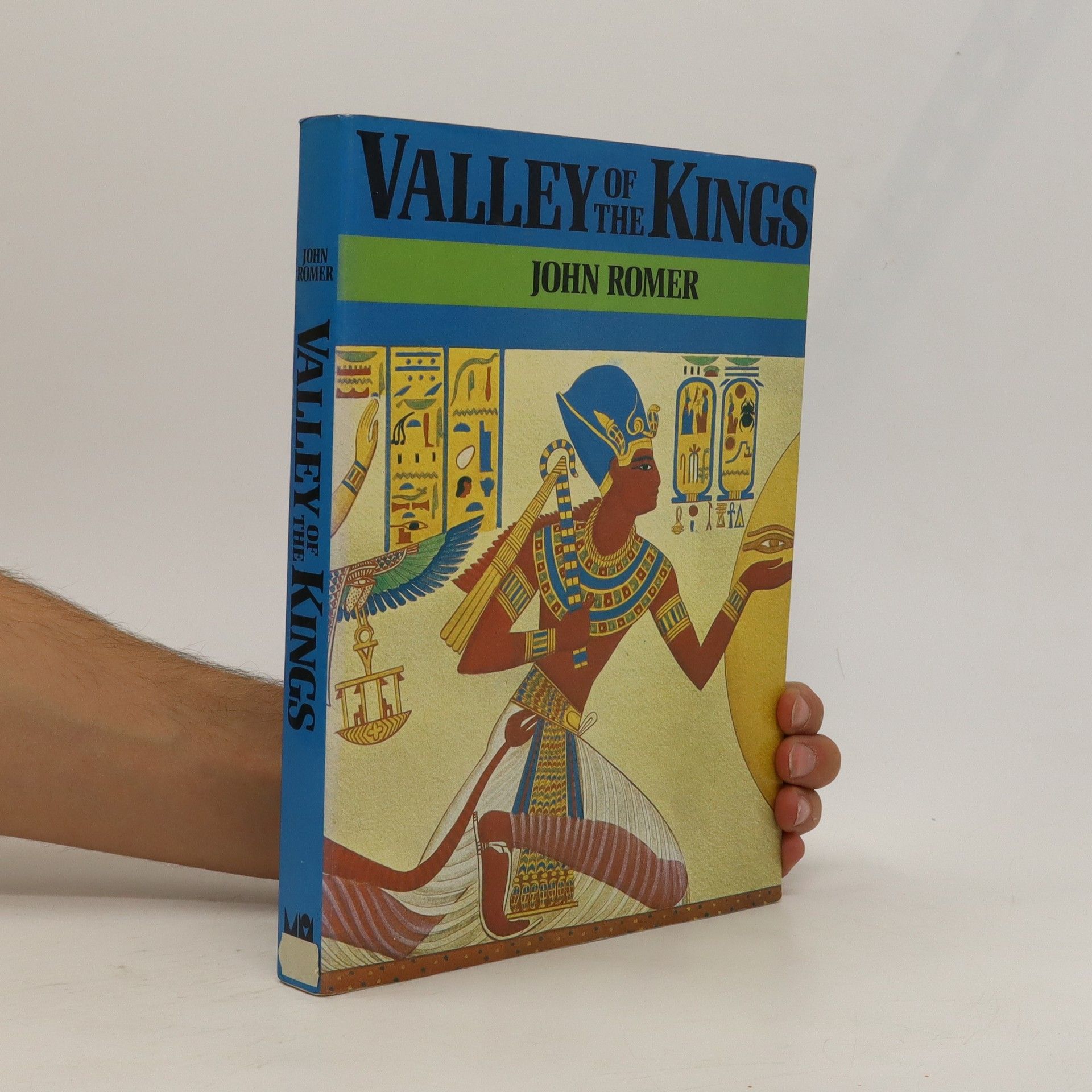
A History of Ancient Egypt, Volume 2
- 500bladzijden
- 18 uur lezen
This definitive, multi-volume history of the world's first known state reveals that much of what we have been taught about Ancient Egypt is the product of narrow-minded visions of the past Drawing on a lifetime of research, John Romer chronicles the history of Ancient Egypt from the building of the Great Pyramid through the rise and fall of the Middle Kingdom: a peak of Pharaonic culture and the period when writing first flourished. He reveals how the grand narratives of nineteenth and twentieth-century Egyptologists have misled us by portraying a culture of cruel monarchs and chronic war. Instead, based in part on discoveries of the past two decades, this extraordinary account shows what we can really learn from the remaining architecture, objects and writing: a history based on physical reality.
Testament : the Bible and history
- 416bladzijden
- 15 uur lezen
Focuses on the origin and authorship of the Bible and its relationship with history
The Seven Wonders of the Ancient World symbolize all that was magnificent and mysterious in the pre-Christian West, yet today many people would have difficulty in naming them. Most of these seven grand monuments of bronze and marble, gold and ivory, earth, fire and water cannot be visited today except in the mind's eye; either they lie in ruins or they have vanished in the sands of time. In this book, the archaeologists John and Elizabeth Romer create images of these great wonders using the words of ancient writers and modern archaeological techniques. They tell their story and place them in a world that is now lost. For the first time, this book tells the story of what might be called the archaeology of wonder. It includes the stories of the travellers and scholars who came in contact with these seven ancient wonders, the stories of the wonders themselves, and the histories of their making and breaking. It traces the archaeological hunt to find the Seven Wonders, from the earliest digs to the latest discoveries of current excavations. It also includes fresh translations of the accounts of those who sailed the seas and rivers of the ancient world to walk among these seven fabled monuments and wonder at them. A remarkable series of photographs taken especially for this book recreates the magnificent environments of the monuments, and shows something too of the real wonder of those ancient marvels
A History of Ancient Egypt
- 512bladzijden
- 18 uur lezen
Drawing on a lifetime of research, John Romer chronicles the history of Ancient Egypt from the building of the Great Pyramid through the rise and fall of the Middle Kingdom: a peak of Pharaonic culture and the period when writing first flourished. Through extensive research over many decades of work, reveals how the grand narratives of 19th and 20th century Egyptologists have misled us by portraying a culture of cruel monarchs and chronic war. Instead, based in part on discoveries of the past two decades, this extraordinary account shows what we can really learn from the remaining architecture, objects, and writing: a history based on physical reality
Every breathtaking picture in this remarkable-looking volume--bound in real papyrus--comes from Thebes, and represents one version of Egypt's great national funeral work. The glowing paintings include the sun god Ra on the Night Boat, a delicate image of Nebamun hunting in the marshes, and, from the tomb of the pharaoh Ramses VI, a grand ceiling mural decorated with astronomical scenes.
Romer's Egypt
A New Light on the Civilization of Ancient Egypt
A History of Ancient Egypt, Volume 3
From the Shepherd Kings to the End of the Theban Monarchy
- 704bladzijden
- 25 uur lezen
Focusing on the New Kingdom of Ancient Egypt, this work by archaeologist John Romer explores the era through the lives of iconic figures like Akhenaten, Tutankhamun, and Ramesses II. However, he emphasizes that history is shaped by broader social dynamics, including trade and cultural exchange. Romer critiques traditional Egyptology narratives, revealing a richer, more complex culture through archaeological evidence. This final volume of his extensive research solidifies his reputation as a leading chronicler of Ancient Egypt.
The final chapter in the definitive, three-volume history of the world's first known state Archaeologist John Romer has spent a lifetime chronicling the history of Ancient Egypt, and here he tells the epic story of an era dominated by titans of the popular imagination: the radical iconoclast Akhenaten, the boy-king Tutankhamun and the all-conquering Ramesses II. But 'heroes' do not forge history by themselves. This was also a time of international trade, cultural exchange and sophisticated art, even in the face of violent change. Alongside his visionary new history of this, the most famous period in the long history of Ancient Egypt, Romer turns a critical eye on Egyptology itself. Paying close attention to the evidence, he corrects prevailing narratives which cast the New Kingdom as an imperial state power in the European mould. Instead, he reveals - through broken artefacts in ruined workshops, or preserved letters between a tomb-builder and his son - a culture more beautiful and beguiling than we could have imagined. Romer carefully reconstructs the real story of the New Kingdom as evidenced in the archaeological record, and the result - the final volume of a life long project - secures his status as Ancient Egypt's finest chronicler.
Dějiny novodobé imaginace Sedm nejúžasnějších důkazů vzepětí lidského ducha, tvořivosti a touze po překonání vlastní smrtelnosti, sedm velkolepých památníků, jež jsou nám důvěrně známy a které jen málokdo z nás dokáže do jednoho vyjmenovat... Vydejme se s autory na cestu proti proudu času! Přední strana: Pyramidy, 1760, olej na dřevě od Huberta Roberta (Francie, 1733–1808) Smith College Museum of Art, Northampton, Massachusets
